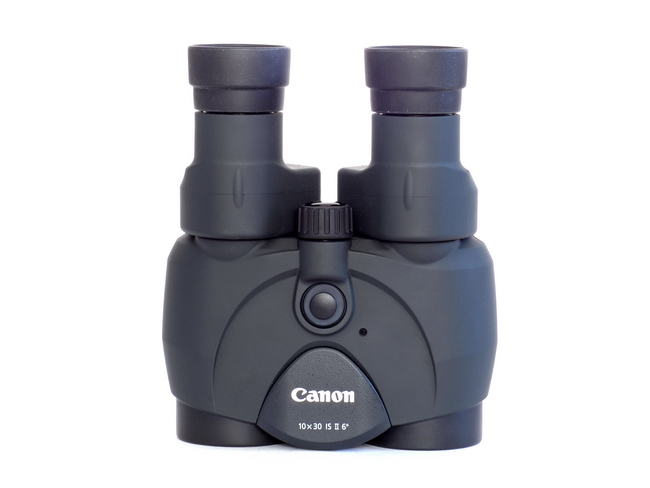
Canon recently refreshed their line up of image-stabilized binoculars with new versions of their venerable 10×30 and 12×36 models. (They’ve also released three completely new binoculars utilizing a different image-stabilization mechanism: 10×32, 12×32, and 14×32, due out some time in November, 2017.) The 12×36s go from version II (reviewed here) to III, and the 10×30s are updated to version II. What are the differences and are the changes a reason to upgrade? To find out, I obtained a 10×30 IS II to evaluate.

Reviewing Canon’s specifications, the new 10×30s appear to be optically identical to the original. And that’s a good thing. A happy marriage of excellent image quality and stabilization have made the 10×30s a personal favourite for many years. Apart from some minor cosmetic changes, the main difference with version II is the electronic circuitry that controls the image-stabilization system. Canon claims “a high performance microcomputer with advanced algorithms not only enhances IS operation, it helps provide shorter startup times and more efficient energy consumption.”
Compared with my original, 15-year-old 10×30s, the stabilization system of the IS II version does engage more quickly after the power button is depressed—improving from roughly 3 seconds to just 1 second. As before, the stabilization remains active only as long as the button is held down. I wasn’t able to verify Canon’s claim regarding lower power consumption, but obviously, any improvement there would be a welcome bonus.
If you presently have original 10×30s, the cost of upgrading to the IS II (currently $475 U.S. at Amazon.com), is difficult to justify just for the sake of knocking a couple of seconds off the start-up time, though that’s obviously a judgement call. But for those considering purchasing their first pair of image-stabilized binos, the 10×30s remain a good choice. They’re solid all ’rounders that perform very well for both stargazing and birding.
For a detailed review of the original 10×30s and other image-stabilized binoculars, click here.
Did you find this article interesting or helpful? If so, consider using this link the next time you shop at Amazon.com. Better yet, bookmark it for future use. Thanks to Amazon’s associates program, doing so costs you nothing yet helps keep this site up and running. Thanks!
